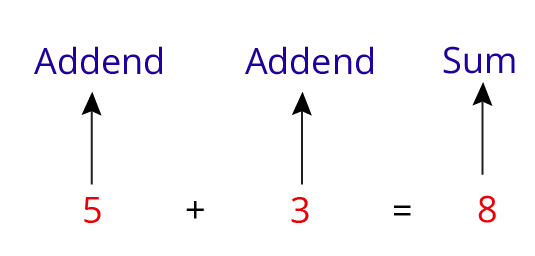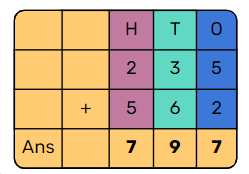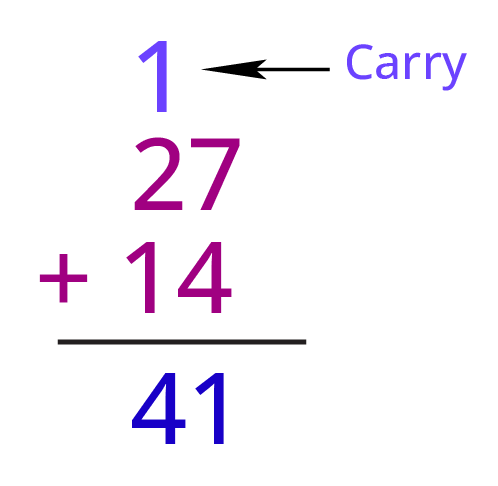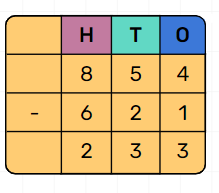NCERT Class 3 Maths Chapter 6 Fun with Give and Take Revision Notes
FAQs on Fun with Give and Take Class 3 Notes CBSE Maths Chapter 6 (Free PDF Download)
1. Are the revision notes for Class 3 Maths Chapter 6 PDF free?
You can download the revision notes PDF for free from the official website and mobile app of Vedantu and use it as a reference for your exam preparation.
2. How can I prepare the concepts for Chapter 6 Maths before an exam?
By learning the simpler description of the fundamental principles in these revision notes, you can thoroughly prepare this chapter before your Maths exam.
3. What are the tips to understand the sums in Chapter 6 Maths Class 3?
Follow the Solutions and revision notes of the arithmetic problems given on Vedantu for a good understanding of this chapter. You will find a pattern to understand how to solve these questions with the help of the study materials provided on Vedantu.




















